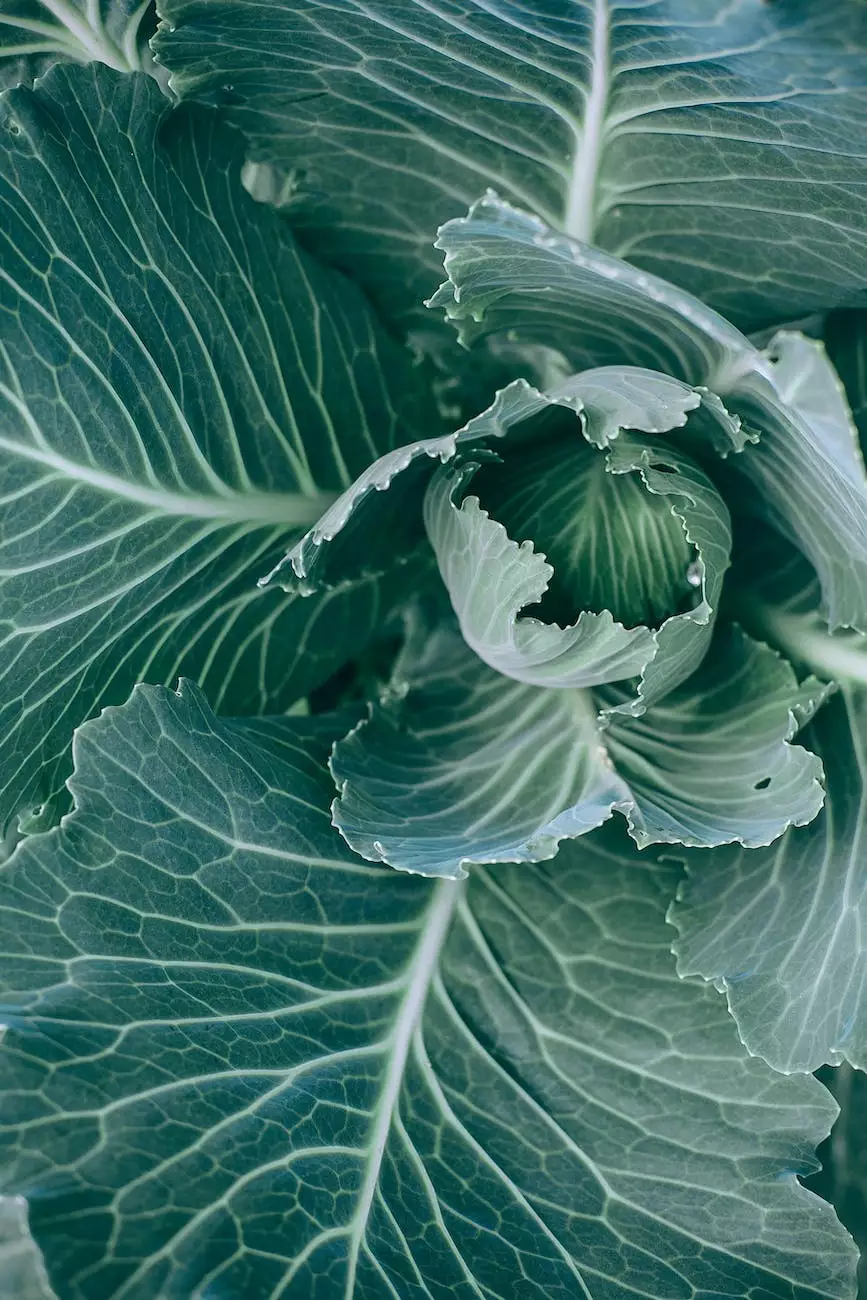How to Prepare Garden Soil for Planting

Introduction
Gardening is not just a hobby; it's an art that allows you to create a beautiful and lush outdoor space. One of the most crucial steps in achieving a thriving garden is to prepare the soil properly. At American Pond & Gardens, we understand the significance of well-prepared garden soil and we are here to guide you through the process.
The Importance of Preparing Garden Soil
Healthy soil is the foundation of a successful garden. It provides essential nutrients, proper drainage, and a favorable environment for plants to grow and thrive. Preparing your garden soil before planting helps create the ideal conditions for your plants to establish strong roots, resist diseases, and produce vibrant blooms or bountiful harvests.
Key Steps for Preparing Garden Soil
1. Test and Analyze Your Soil
Before beginning any soil preparation, it is crucial to test and analyze your soil. This will provide valuable insights into its composition, pH levels, and nutrient deficiencies. Conduct a soil test using an at-home kit or seek professional assistance to ensure accurate results. Based on the analysis, you can then tailor your soil preparation methods accordingly.
2. Clear the Area
Prior to preparing your garden soil, clear the area of any weeds, rocks, or debris. This will help provide a clean and unobstructed space for your plants to grow.
3. Loosen the Soil
The next step is to loosen the soil to improve its texture and promote better root penetration. Use a garden fork, tiller, or spade to gently turn the soil over, breaking up any clumps and removing any roots or rocks that remain.
4. Add Organic Matter
Enhance your soil's fertility by adding organic matter such as compost, well-rotted manure, or leaf mulch. Organic matter enriches the soil, improves its structure, and enhances water retention capabilities. Spread a generous layer of organic matter over the soil and work it in using a garden fork or tiller.
5. Adjust pH Levels
Depending on the plant varieties you intend to grow, it may be necessary to adjust the pH levels of your soil. Most plants thrive in slightly acidic to neutral soil (pH 6.0-7.0). Use pH testing kits or consult with a gardening expert to determine the current pH levels of your soil. If needed, add lime to raise the pH or sulfur to lower it accordingly.
6. Provide Adequate Drainage
Proper drainage is vital for healthy plant growth. If your soil tends to become waterlogged or overly compacted, consider incorporating materials like perlite, vermiculite, or coarse sand to improve drainage. These additives help prevent moisture retention issues and ensure that excess water can freely drain away.
7. Mulch the Soil
After preparing your garden soil, apply a layer of organic mulch around your plants. This helps conserve moisture, suppresses weed growth, and regulates soil temperature. Mulch also gradually decomposes over time, contributing to the overall health of your soil.
8. Regular Maintenance and Monitoring
Once your garden soil is prepared and plants are in place, it's important to conduct regular maintenance and monitoring. Pay attention to watering needs, pest control, and overall plant health. Regularly test soil nutrient levels and adjust fertilization as needed to ensure optimal plant growth.
Conclusion
Successfully preparing garden soil is an essential component of achieving a flourishing garden. By following these key steps, you can create an ideal environment for your plants to thrive, resulting in vibrant blooms, a bountiful harvest, and a sense of pride in your gardening efforts. At American Pond & Gardens, we are committed to helping you achieve gardening success, and we hope that this guide has provided valuable insights to get you started. Happy gardening!




